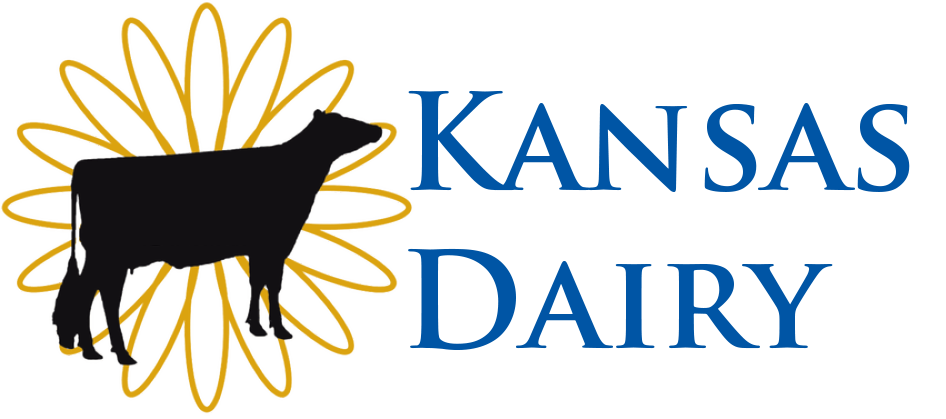10 Tips to Protect Dairy Farms
Protect Dairy Farms from HPAI
Courtesy National Milk Producers Federation - April 2024
Implementing biosecurity measures is essential to safeguarding dairy farms from the serious threat posed by Highly Pathogenic Avian Influenza (HPAI).
Limit Movements of Cattle
USDA strongly recommends minimizing movement of cattle as much as possible. If cattle must be moved, premovement testing of milk samples from lactating cows and nasal swabs for non-lactating cattle, by PCR for Influenza A and H5 virus, at a National Animal Health Laboratory Network laboratory is advised. USDA announced it will reimburse all premovement HPAI tests.
Quarantine New Animals
Separate all new or returning animals for a minimum of 21 days. Whenever possible, quarantined animals should not share confined air space, panels/fence lines, feeding or watering space with other animals on the farm. Dedicate caretakers and equipment to these animals or work with them last, followed by cleaning of equipment, boots, clothing, etc.
Minimize Access of Wild Birds and Other Animals to Cattle and Their Environment
Disrupt habitats like shelter, food and water sources that may attract birds and small mammals.
Delay or Stop Non-Essential Visitors
Limit cattle contact to individuals who are essential for a dairy’s health and continued operation. Require or provide clean clothing and footwear to anyone entering the farm. Do not allow drivers (milk haulers, renderers, etc.) access to animal housing, animals, or milk products to be fed to calves.
Limit Vehicles and Equipment
Limit the movement of vehicles on and off the premises and establish dedicated routes for vehicles that do come onto the farm. Implement and communicate designated hauling routes on-farm for milk, feed, rendering and delivery trucks.
Use trailers to transport only your own livestock and clean, and use an EPA-registered disinfectant effective against HPAI to disinfect trailer interiors that were used to haul cattle.
Clean and Disinfect Equipment
Use EPA-registered disinfectants on contact surfaces (footwear, tires, etc.) before entry in and out of milking areas and other cattle areas. Require disinfection of handling, treatment, milk sampling/testing, breeding and hoof trimming equipment, with particular attention to proper disinfection of milking equipment. Dairy workers should limit contact with other livestock and poultry premises, including livestock and poultry the worker may own. Provide hand-washing stations and disposable gloves, and encourage their use.
Follow Good Milking Practices
Follow good milking practices, with special attention to mammary health. Sanitize milking equipment after use with quarantined animals and after sick cattle.
Isolate Sick Animals
Move animals with clinical signs to a dedicated hospital or sick pen. Whenever possible, this area should not share confined air space, panels/fence lines, feeding or watering space with other animals. Dedicate caretakers and equipment to sick animals or work with them last, followed by cleaning of equipment, boots, clothing, etc.
Avoid Feeding Raw Milk to Calves and Other Farm Animals
Feed only heat-treated colostrum and pasteurized milk and milk products to calves and other farm animals, including cats and other mammalian species. The effect of acidification on milk to inactivate H5N1 is unknown.
Protect Water Resources
Never use untreated surface water as a source for drinking, to wet down dry lots/paddocks, in barn misters or to clean equipment that contacts dairy cattle. Fence off ponds and non-draining areas. Consult a wildlife or wetlands professional about managing ponds and drainage areas on farm.

